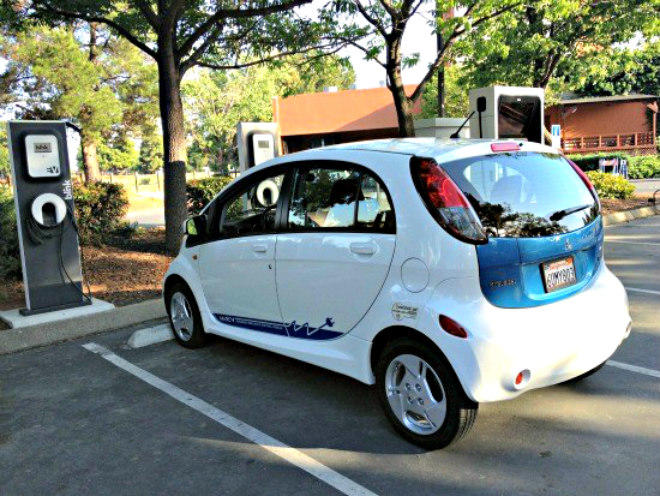If car industry analysts are correct, sales of electric vehicles will soon increase dramatically. With manufacturers offering more models of plug-in hybrids and battery-electric vehicles as well increasing gas-electric hybrids, some industry insiders believe “green cars” could account for as much as one-third of new car sales by 2025.
The increase in battery-electric and plug-in hybrids could be even greater if states ban internal combustion engines. California is considering the ban, for example, and just think how the car industry would be affected if ban proposal occurred.

Regardless of the severity of the increase, major questions loom: Where will the energy be produced to charge the influx of new vehicles? And how car owners will charge their vehicles? Will they gravitate toward the convenience of a residential charging station? Or will the public en masse rely on a neighborhood, private or work-located commercial charging station?
By current statistics, alternative fuel vehicle haven’t made a significant impact on the automotive industry. In 2016, the combined sales of all “green cars” — battery-electric, plug-in hybrids and gas-electric hybrids represented less than three percent all new vehicles sold.
Forecasts don’t always come to fruition, but Volkswagen, Nissan and Audi, among several other manufacturers, are betting the future of the electric vehicle. All of the manufacturers are expected to soon debut long-range electric models. As such, several region EV charging networks are expanding.

Beyond the Toyota Prius lineup, the best-selling family of alternative-fuel vehicles in the United States, Tesla hopes to help greatly boost EV environment. The California-based carmaker is predicting the 500,000 Tesla BEVs in the United States in 2018. Telsa current sells about 5,000 vehicles a year.
According to industry data, there are about 120,000 gas stations in the United States, but the electric vehicle charging network is minuscule in comparison. There’s currently no nationwide system, but several companies have regional networks. Other companies, including Volkswagen, have heavily invested in chargin networks.
Volkswagen, embroiled in a massive recall and lawsuits because diesel vehicles with faulty emission systems, is spending $500 million in the next 2 1/2 years to develop its charger network called Electrify America. It’s among several networks in planning stages. Tesla has worked on its nationwide network for years, but it will be proprietary only to Tesla vehicles.
According to Dave Schemer, the CEO of California-based RVgo, which has a charging network from the Monterey Peninsula to South Lake Tahoe, 85-90 percent of battery electric and plug-in hybrid owners charging their vehicle at home. The same owners often do brief “top-off charges” at their workplaces.
Charging BEVs and hybrid plug-ins at home also has other advantages. Charging overnight is less demanding and cheaper than daytime charging. It cost as little as two cents per kilowatt-hour or about 10 percent of what commercial stations charge during the day. Home charging, however, is slower the top-level commercial charging stations.
Article Last Updated: August 8, 2023.
